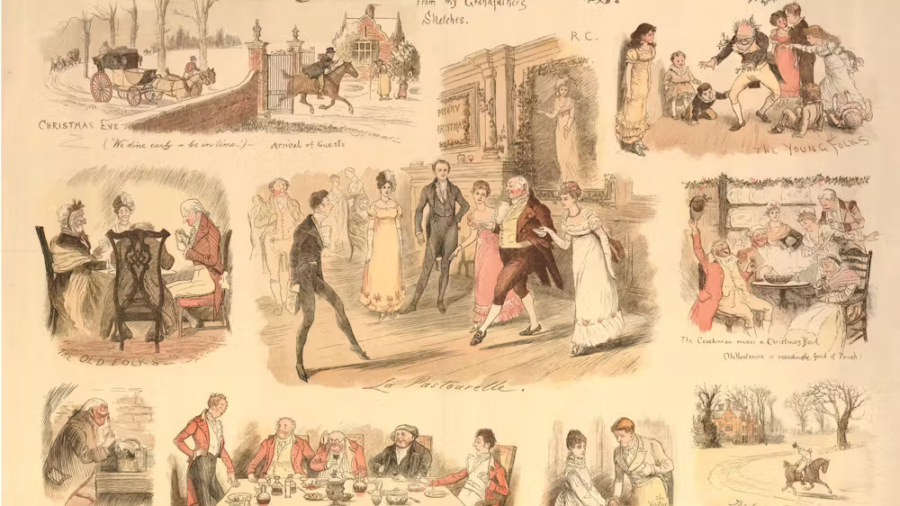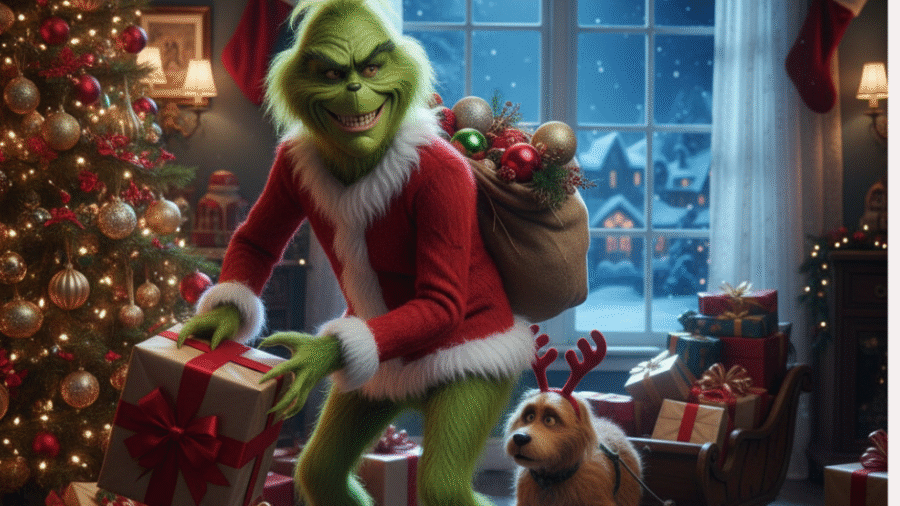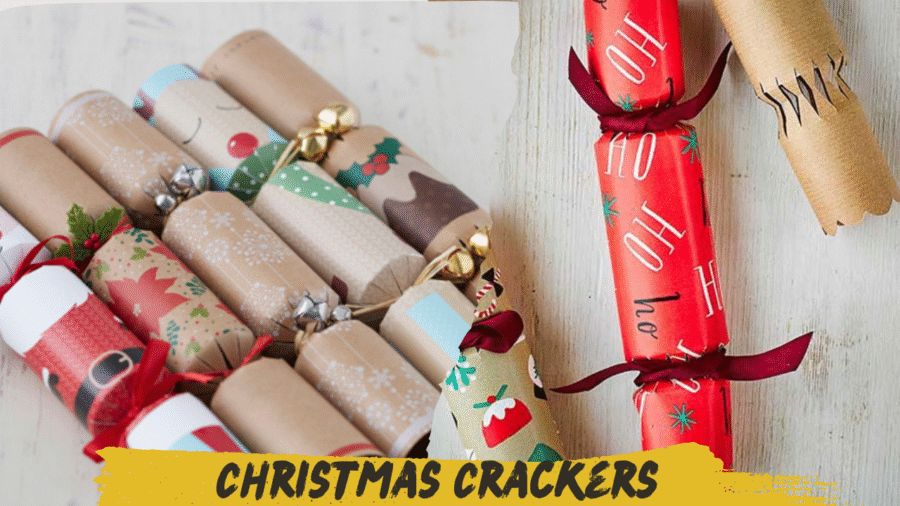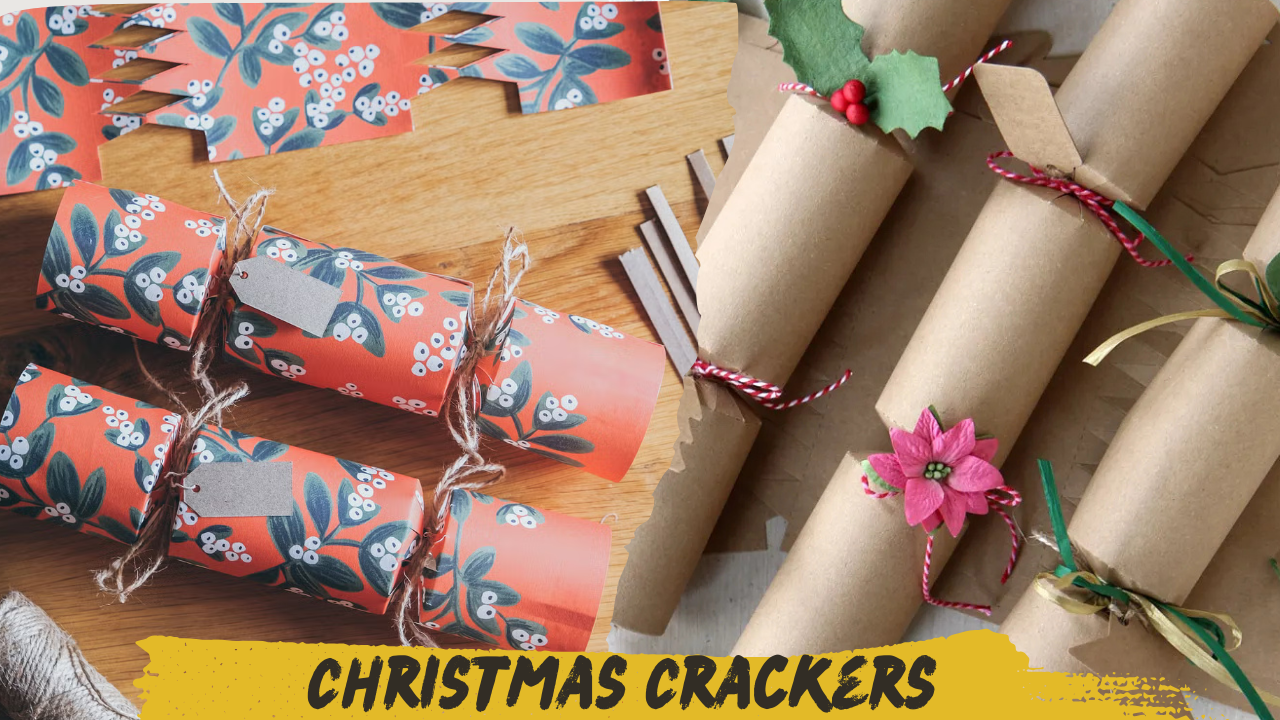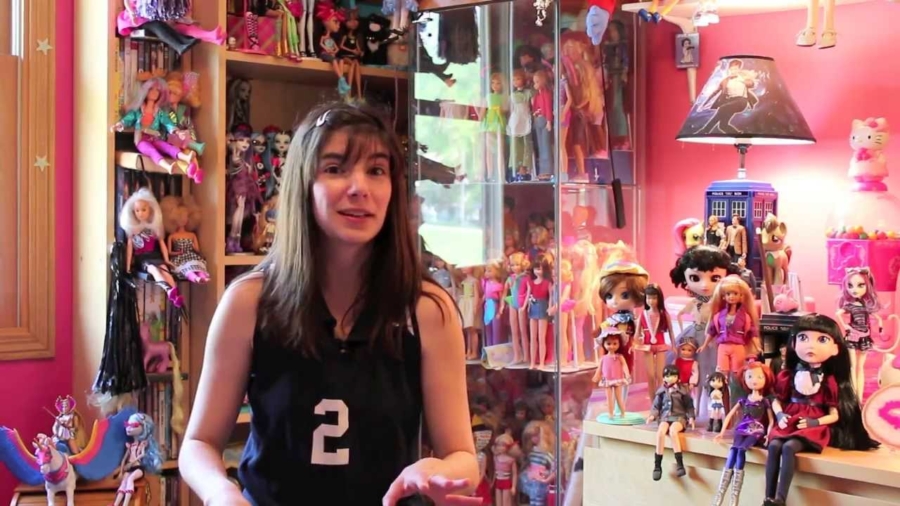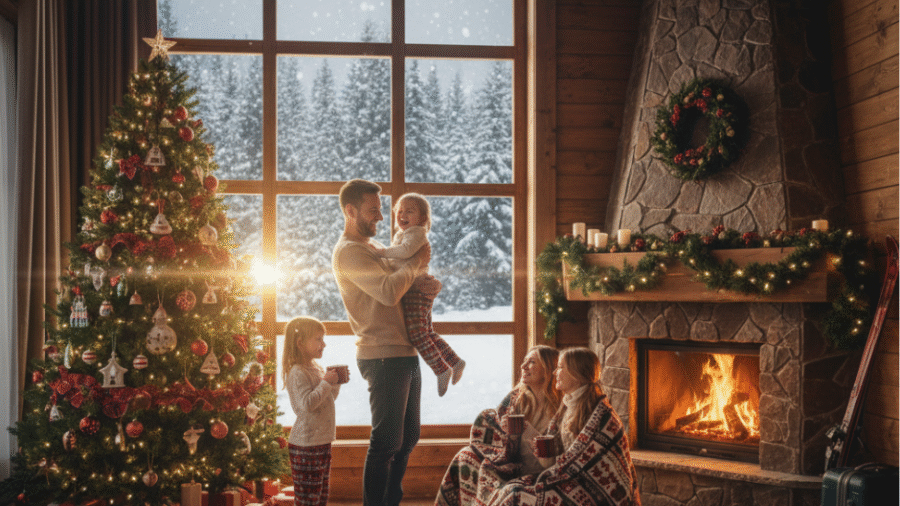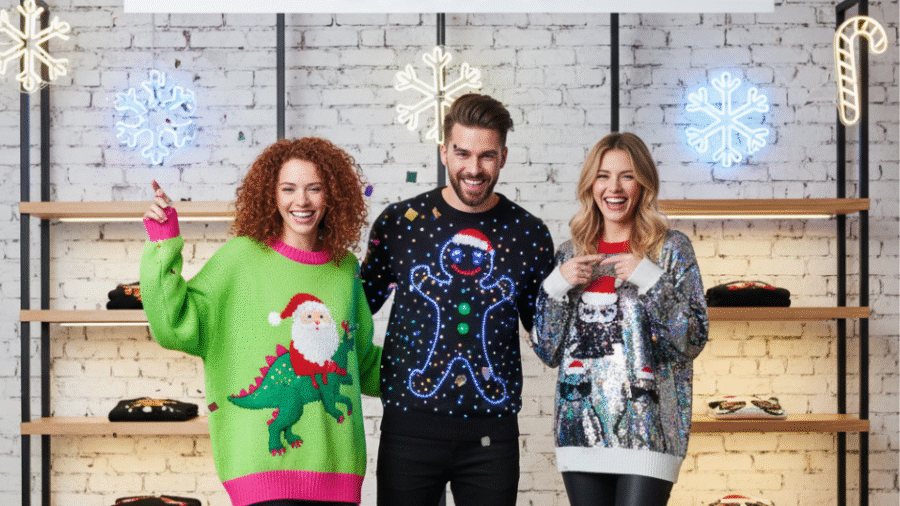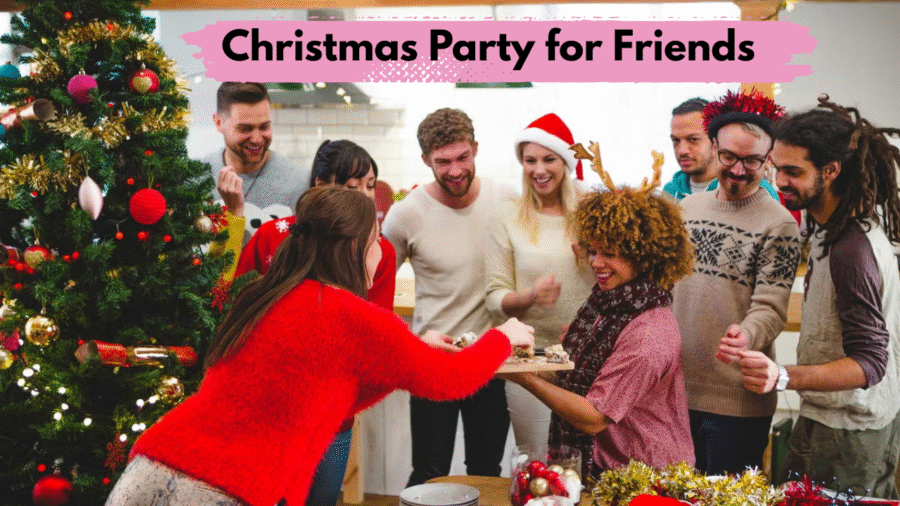Holiday greetings have been a cherished tradition for centuries, symbolizing warmth, connection, and goodwill. From hand-painted cards in the Victorian era to today’s vibrant digital messages, the evolution of Christmas cards reflects broader cultural and technological shifts. Among these shifts, one moment stands out for its pioneering spirit—the creation of the computer’s first Christmas card. This innovation not only transformed how greetings are created but also redefined the relationship between technology and festive expression.
In this article, we explore the story of the computer’s first Christmas card, its origins, and how it dramatically influenced the landscape of holiday greetings, shaping everything from e-cards to AI-generated messages that dominate the digital age.
The Dawn of Holiday Greetings
Christmas cards have a rich heritage dating back to the mid-19th century. The world’s first commercial Christmas card was commissioned by Sir Henry Cole in London in 1843 to simplify the exchange of holiday wishes. Early cards often featured intricate illustrations and conveyed messages of charity, family, and festivity.
Advancements in printing technology enabled wide distribution and mass production, making Christmas cards a global phenomenon. However, until the mid-20th century, the process remained firmly rooted in manual design and printing.
Enter the Digital Era: The Computer’s First Christmas Card
The latter half of the 20th century saw rapid advancements in computing technology. While computers were then emerging primarily as tools for complex calculations and data processing, creative thinkers began experimenting with their potential for artistic expression.
In 1968, Scottish poet Edwin Morgan crafted The Computer’s First Christmas Card, a poem that imagines a Christmas greeting generated by a computer. This innovative work symbolized the first conceptual intersection between computing and festive communication.
Morgan’s poem portrayed the computer as a quirky figure attempting to emulate human holiday wishes in its own robotic language. The clever mix of humor and technology underscored the transformative power of computers in reshaping familiar cultural rituals.
How the Computer’s First Christmas Card Influenced Holiday Greetings
The impact of this pioneering moment can be traced through several key ways that holiday greetings have evolved:
1. From Paper to Pixels
Morgan’s vision heralded a paradigm shift from traditional paper cards to electronic greetings. By capturing the essence of a computer-generated message, the poem anticipated the rise of e-cards in the 1990s and beyond, which allowed people to send animated, multimedia greetings effortlessly.
The digital format offered new dimensions of creativity: sound, motion, interactivity—things impossible in printed cards. Thus, the computer’s first Christmas card opened doors for limitless innovation.
2. Fusion of Technology and Creativity
The poem exemplified that machines could be more than number crunchers—they could participate in creative processes. This idea inspired artists, designers, and programmers to develop computer-generated art and messages, gradually leading to today’s advances in AI-driven content creation.
Holiday greetings now often blend algorithmic creativity with human emotion, a direct legacy of early works like Morgan’s poem that dared to imagine machines as creative agents.
3. Widening Accessibility
Digital cards made holiday greetings accessible to a global audience instantly. Unlike paper cards limited by postal systems and geography, e-cards and messages sent via email or social media reach loved ones anywhere, anytime.
This accessibility democratized holiday communication, transforming greetings from exclusive physical tokens into ubiquitous digital expressions.
4. Personalization and Customization
Modern technological tools allow for highly personalized greetings, tailoring messages, images, and even video content to recipients. The computer’s early attempts at language in Morgan’s poem foreshadowed this quest for customization, as computers learned to handle variable data inputs and outputs.
Today, holiday greetings often incorporate recipient names, personal photos, and interests, making each message uniquely meaningful.
Today’s Landscape: AI and Automated Holiday Greetings
Morgan’s poem was decades ahead of its time in anticipating computer participation in communication. Now, artificial intelligence powers many aspects of holiday messaging, from automated greeting generators to chatbots that craft personalized cards based on user inputs.
Even social media platforms use algorithms to suggest greetings and festive stickers. This evolution emphasizes how deeply embedded technology has become in holiday traditions, a trajectory that began with the idea of a computer’s first Christmas card.
Beyond Greetings: The Cultural Significance of Digital Festivity
The computer-generated Christmas card also raises profound cultural questions:
-
How do machines influence expression and tradition?
-
Can computer-generated communication carry genuine emotional warmth?
-
What role do humans play in an increasingly automated world of connection?
These questions catalyze discussions about the future of human-machine interaction and the preservation of meaningful rituals in a digital age.
Read More: The Computer’s First Christmas Card: Blending Technology with Tradition
A High-Authority Source on Christmas Card History
To delve deeper into the long history and cultural importance of Christmas cards, the Victoria and Albert Museum offers an insightful resource on the first Christmas cards and their evolution:
V&A Museum – The First Christmas Card
Conclusion
The computer’s first Christmas card marked more than a technological novelty—it was a turning point for holiday greetings worldwide. By blending early computing with festive tradition,
it anticipated and shaped the rise of digital greetings that dominate today’s holiday season.
From humble paper origins to animated e-cards and AI-crafted messages,
holiday greetings continue to evolve, embracing innovation while preserving the spirit of connection and goodwill. Edwin Morgan’s imaginative poem remains a testament to the enduring fusion of art, technology, and human warmth.


